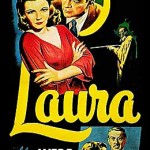 The delightful, urbane and unapologetically posh film noir “Laura” (1944, Otto Preminger) screens at 7:30 p.m. Wednesday, Feb. 20, at the Egyptian Theatre in Hollywood.
The delightful, urbane and unapologetically posh film noir “Laura” (1944, Otto Preminger) screens at 7:30 p.m. Wednesday, Feb. 20, at the Egyptian Theatre in Hollywood.
Here’s a quick synopsis from the event organizers: Investigating a murder, chain-smoking Detective McPherson (Dana Andrews) falls in love with the dead woman, only to find out it wasn’t she who was murdered. The brilliant cast includes Gene Tierney as the gorgeous Laura, Clifton Webb as Waldo Lydecker and Vincent Price as Laura’s fiancé, Shelby Carpenter. The film is said to have been an inspiration for David Lynch’s “Twin Peaks.”
You can read my full review of “Laura” here.
Dana Andrews’ daughter, Susan Andrews, will introduce the movie. Author Carl Rollyson will sign copies of his book “Hollywood Enigma: Dana Andrews” at 6:30 p.m. in the lobby. (“Laura” was recently released on Blu-ray and is a great addition to your film library.)





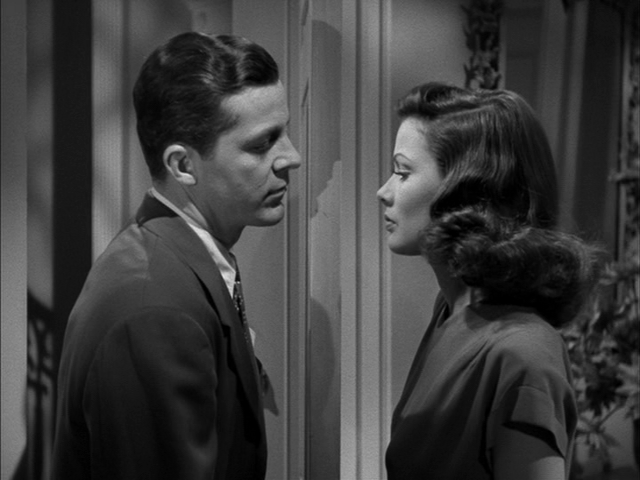
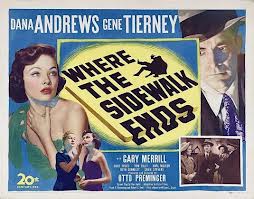
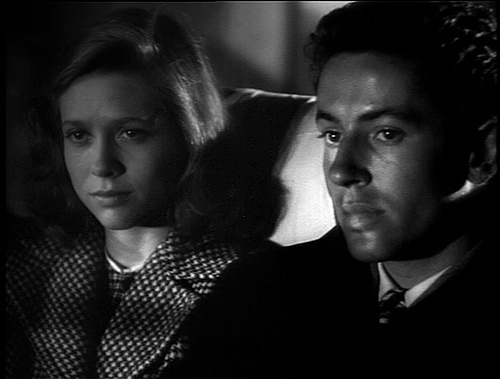
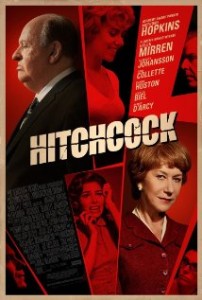
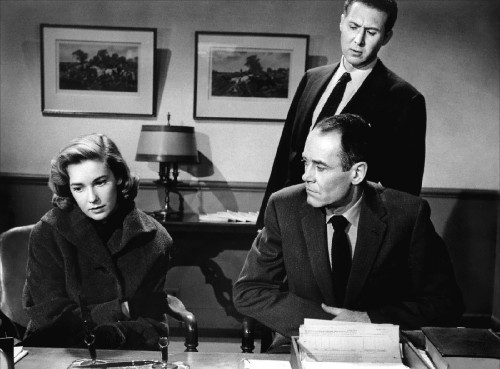
![Bonjour Tristesse DVD[1]](http://www.filmnoirblonde.com/wp-content/uploads/2012/11/Bonjour-Tristesse-DVD11.jpg)
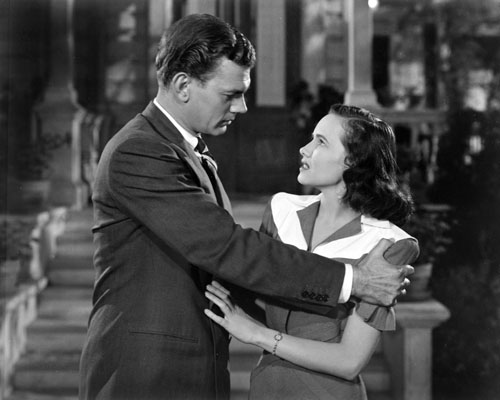
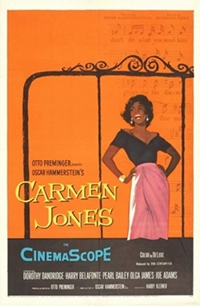
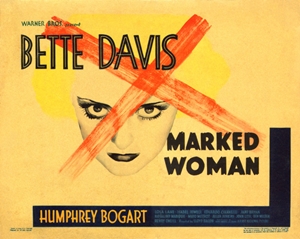
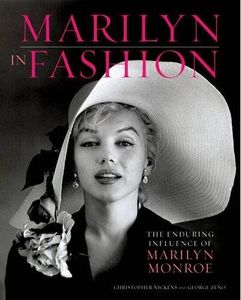
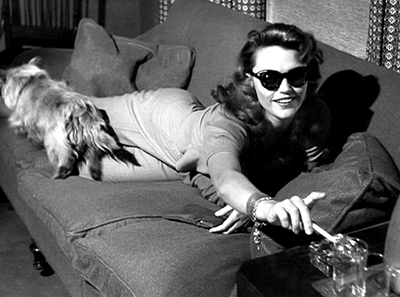
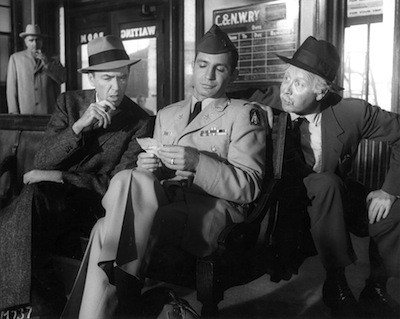
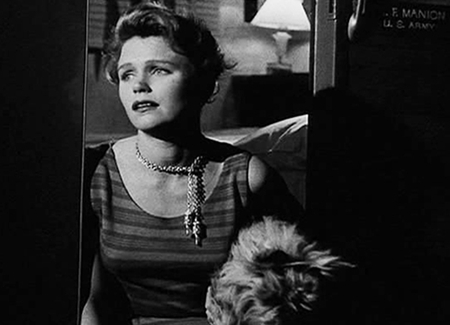
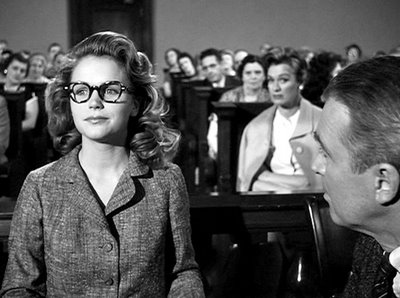
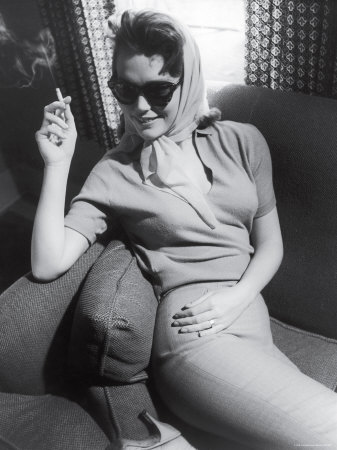
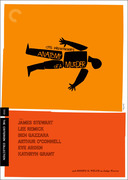
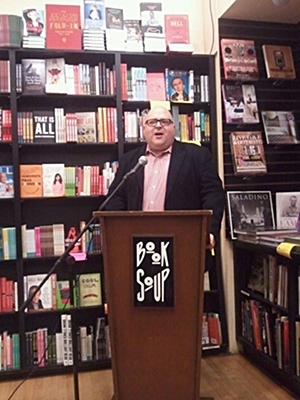

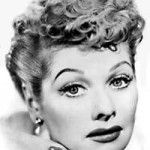
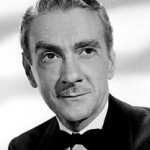





From FNB readers